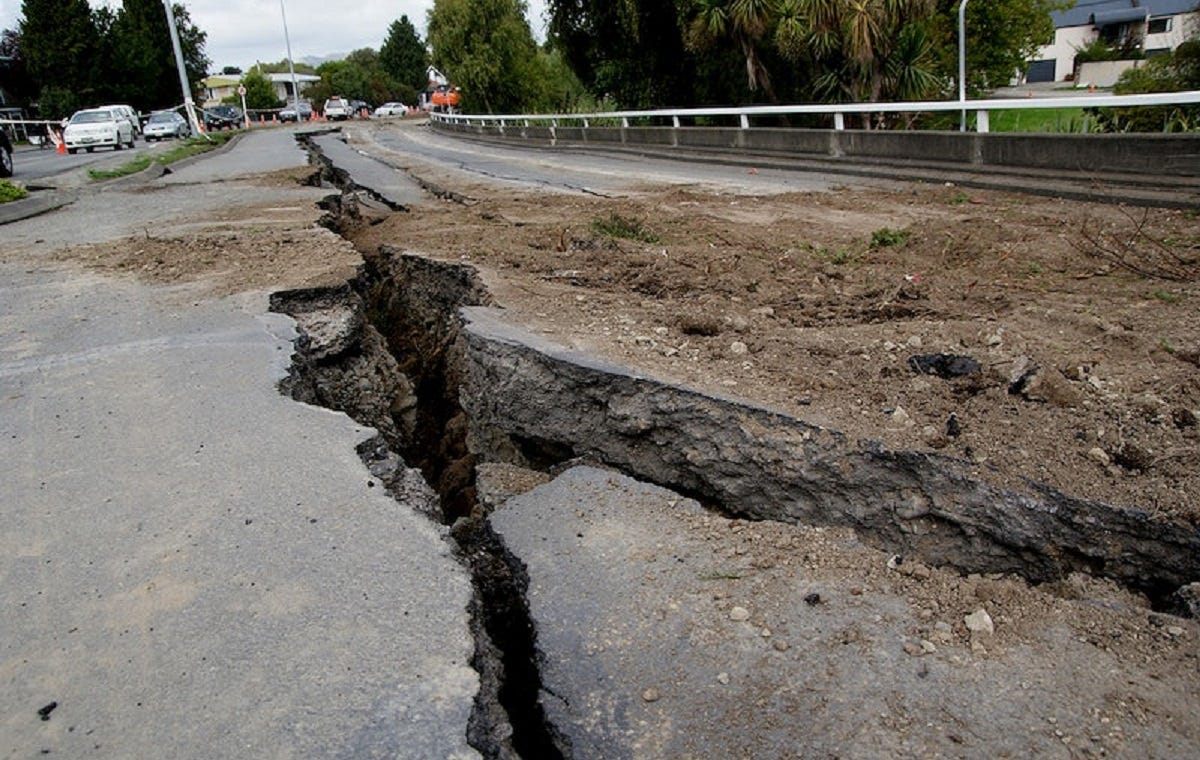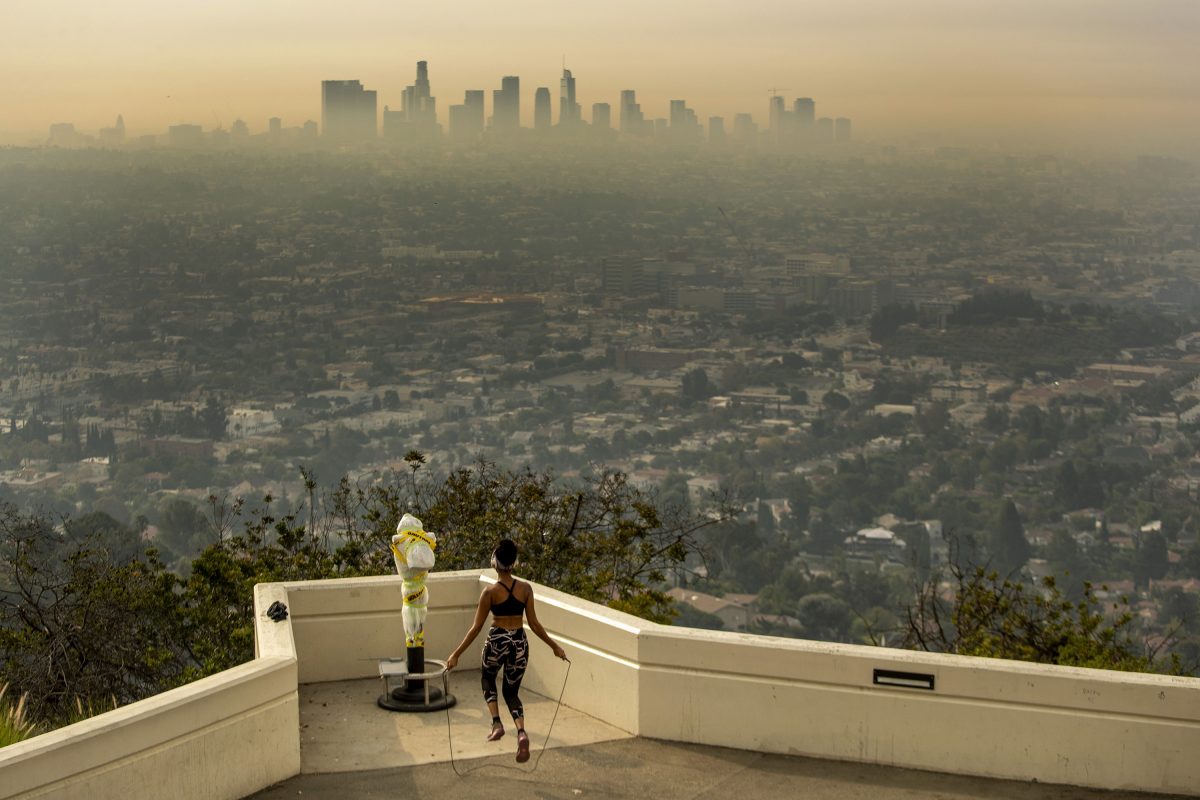To tackle climate change, the United States implemented the National Climate Assessment (NCA). Approximately every four years, the U.S administers a NCA, with the first NCA being published in 2000. The assessment gives information about changes in the climate, impacts of the changes and how the U.S can respond to the changes. On Nov. 14, 2023, the fifth NCA was released, according to globalchange.gov.
There are five sections to the NCA: “Addressing Climate Change,” “Experiencing Climate Change,” “Current and Future Risks,” “Determining the Future” and “A Resilient Nation,” according to globalchange.gov.
The first section reviews how the U.S is reacting to the overall issue of global warming. The report states that overall gas emissions have decreased. This could be due to various reasons, such as the U.S finding more environmentally friendly ways to generate electricity, the use of renewable forms of electricity has increased and using types of electricity like battery, solar and wind have become more common. For instance, the Northern Great Plains of the U.S has increased generation of electricity via wind. The Northwest is working on carbon capture, which is a process where carbon is captured after the burning of fossil fuels to prevent issues for the atmosphere. In various forests and in the U.S. Caribbean, several organizations have been arranging for renewable energy to be used, according to globalchange.gov.
In the second section, the assessment conveys how global warming is affecting the U.S. Droughts, extreme heat, deadly storms and disastrous wildfires are becoming more common with global warming. Warmer temperatures cause an increase in evaporation, which will lead to droughts occurring more often. Along with drought, wildfires will start more due to the heat causing flammable foliage to dry out. Issues with extreme weather include damage to infrastructure, flooding, destruction of agricultural properties and the burning of forests. Another impact of extreme weather situations is the cost to repair and fix any damage caused by the weather, according to c2es.org.
The NCA also describes the current impacts of climate change in each region of the U.S. The northeast and midwest are experiencing extreme weather, the southeast’s sea levels are rising, the Caribbean, Hawaii and other Pacific islands are increasing in temperature, the Northern Great Plains, Southern Great Plains, Northwest and Southwest are having water issues and Alaska is suffering destruction of the landscape, according to globalchange.gov.
Some other risks of global warming are described in the NCA as risk with water, destruction of food production, damage to homes and buildings, health issues, changes to ecosystems, slowing down of economic growth, loss of job opportunities and disruption of cultures, according to globalchange.gov.
Because of carbon emissions, rain water is being polluted. This causes many water sources to become contaminated and the need to purify water will increase. Purification of water is not a free service, so the amount of money people pay for water will become more costly. There are already people in the world who struggle to find clean water, so polluted rainfall will make it even more difficult for people to acquire safe, drinkable water, according to epa.gov.
Additionally, there are health issues to come with climate change, whether that be stress from natural disasters or breathing problems from low-quality air. One of the causes of global warming is pollution and it is affecting the health of the general population. Smoke from wildfires, smog from pollution and an increase in dust are all coming from climate change. These can cause breathing issues for some individuals, according to nationalgeographic.org.
An additional element is the environmental changes of global warming, such as coral reefs. Many coral reefs located around the world are going through a process known as bleaching, which is when the coral seems to change into a white color. Bleaching can occur when the coral gets rid of their algae, zooxanthellae, due to stress. The algae is what gives the coral their colorful appearance, so without the algae the coral looks colorless, according to noaa.gov.
Other ecosystems are also being affected within rivers because of a rise in water levels. It can be detrimental to organisms living within the water. Rainforests are suffering from higher temperatures and droughts, according to wwf.panda.org.
The fourth section of the NCA describes how choices made today will affect the future. Things like burning of fossil fuels, certain agricultural practices and deforestation produce greenhouse gasses, which quickens the rate of climate change due to their heat-trapping nature. A majority of the greenhouse gasses produced thousands of years ago were not removed from the atmosphere, which contributes to global warming, according to un.org.
The final section of the NCA goes over how the U.S can respond to global warming. There are several ideas presented, like improving the overall efficiency of electricity, changing how food is produced or modifying how transportation operates in order to reduce greenhouse gas emissions. Working on things like these could help the U.S reach net zero emissions. Renewable energy is becoming available and more frequently used as technologies improve. If everyone works together, each issue that arises from climate change can be addressed properly, according to globalchange.gov.



































